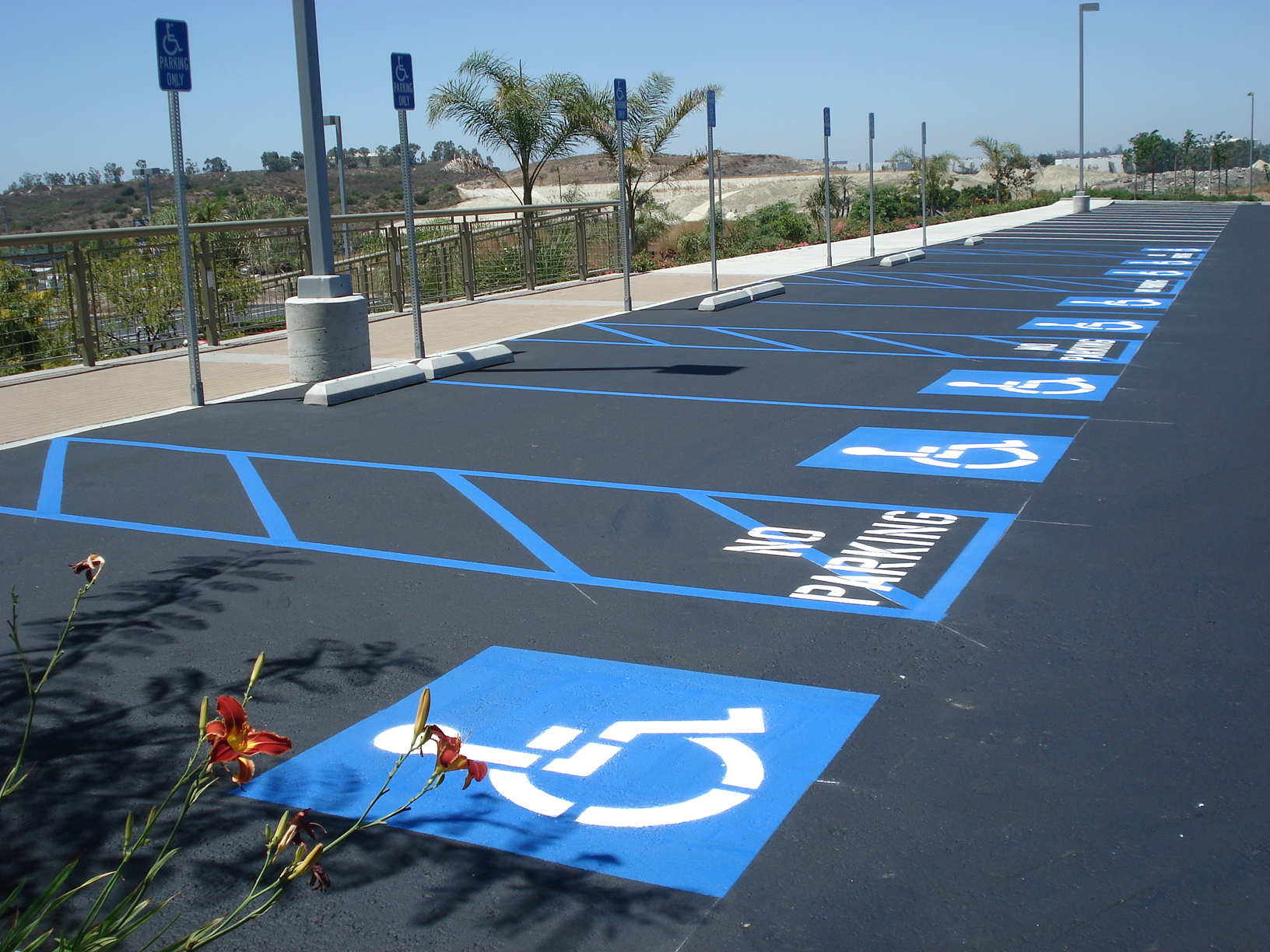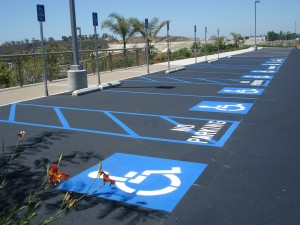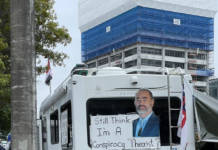Many districts across the country have been changing the mobility parking spots to the vivid blue colour scheme as opposed to the simple yellow sign. This has been done as an attempt to make the designated spots more visible to able-bodied drivers who would argue that they ‘never saw the sign’.
However in the Far North it has done little to decrease or stop these parking abuses from happening. This is a clear sign that disability-parking violations actually have little to do with visibility and everything to do with lack of awareness of disability issues.
Until the general public understand just how important these designated parking spaces are for people with disabilities, able-bodied motorists will continue to park in them at the expense of those who genuinely need these spaces.
From the outside a simple parking space may seem like a non-issue but this is the exact sentiment that holds that any form of activism towards any marginalised group. People who shrug off legitimate complaints and grievances as trivial and melodramatic simply fail in trying to empathise with a particular community that is not theirs.
Without these parking spaces, motorists and passengers with disabilities are unable to fulfil the daily jobs that every single one of us has. There is a reason why mobility parking spaces are wider and close to a curb that goes on to the footpath. No one else needs these two crucial differences except people with disabilities, both temporary and permanent. No one else knows the dangers of taking a wheelchair across the car park where reversing motorists can’t see you.
This is no trivial matter and while the vivid blue colour scheme is most definitely an important step in the right direction, this issue will not be solved until the underlying problem of lack of awareness is tackled. This is what the bulk of the attention about mobility parking abuses needs to be focused on.







The point made in the post has been well highlighted by the fact that some poor sad sack decided it deserved only one star.
hmmm, based upon preponderance of negative votes for for my observation, more readers seem to disagree with LD’s post than support it.
A sad state of affairs.
“People who shrug off legitimate complaints and grievances as trivial and melodramatic simply fail in trying to empathise with a particular community that is not theirs.”
Right there, Latifa, you hit the nail squarely on its head.
It is sad that only real, lived experience can provide the necessary environment to effect attitudinal change.
I seem to recall that some years ago a certain Leading Light in the Far North copped a deal of flack when he objected to the local council demanding that his renovations on his shop in Mangonui include a wheelchair accessible toilet. “…but its a staff toilet, and I won’t be hiring staff in wheelchairs”. I paraphrase, but that was the drift.
So, perhaps, the Far North lagging a bit is not surprising.
Having said that….my partner and I spend a lot of time in that region…largely because it ticks many of our boxes.
We spend most of our time in our 7m housebus.
And we have spent much of our time over the past couple of years in the Far North.
My partner is a high tetraplegic of the old (pre-ACC) ‘use it or lose it’ school. He gets around in a manual chair with power assist wheels.
Pavement camber and street crossings are the bane of his life, so it may come as a surprise that of all the towns in the country that we have visited, Kaitaia is the most wheelchair friendly.
The main shopping street he can negotiate almost without any assistance at all, and the new supermarket on the northern edge of town has a huge carpark….so even though we no longer are able to use the car sized mobility parks…we have no issue parking our Bus and him getting access to the store.
Then, of course, the Far North has a couple of accessible wharves for fishing from and resident population who have so far been more than accommodating.
To be honest…the folk in the Far North seem to be more accepting of disability than in other areas. We do spend most of our time north of Kaitaia. We seldom stay long in the eastern areas…a bit on the flash side for the likes of us.
To tackle “lack of awareness” of disability/accessibility issue requires those with disabilities to be seen out and about.
A dollar, please, for all the times folk have said to us…”oh, if we had seen someone in a wheelchair here before, we might have done things differently.”
So, we are out there, doing our thing and being visible, and hopefully one or two folk will see that “the disabled ARE allowed out now you know…” ( That was me to a minor DOC official….we’re still working on that!)
There was a show on US t.v. last week, I can’t remember the name. They showed a town where they put pictures, at each designated park, showing local people in wheelchairs.
It worked very well, and regular rule breakers were ‘won over’.
And the permits to park in these places are hard to get, so anyone that has one is clearly in need of the park. How about a section on this site where we can take pictures of offending cars and post them on here?
Not a bad idea, Dan!
There are costs assiciated with getting the permits Dan…but they’re really not that hard to get.
Part of the problem is that those who use wheelchairs and walkers need the extra width provided by the designated mobility parks.
Those who do not need the extra width spaces….like those who cannot walk any distance, but can actually walk….can also use the spaces designed for those who need mobility aids.
A bit of a conflict develops.
Woe betide the wheelchair user who challenges a seemingly able bodied person with a mobility card displayed who turns out to have an ‘invisible disability’. Or simply be old. Or have a child with ADHD, or on the Autistic Spectrum.
Perhaps….City Fathers and Mothers could have “proximity” mobility parks for the ambulatory disabled and wide mobility parks for those who NEED the extra width spaces.
It could be a condition of using the Pass not to use spaces designed for the other group.
My good lady fits the category of those who can walk…..she has a fused ankle so appears fit and well. This in itself causes grief from people who see fit to comment upon her parking in a disabled space,and accost her for being there despite displaying the permit. Rest assured that there are a lot of amateur “police” and “medical experts” out there.
There’s a simple note that can be left on the windscreens of people parking in Disabled person’s parking spaces, not displaying a Mobility Parking Permit;
“You’ve taken my carpark. Would you like my disability as well?”
Hopefully it may prick a few consciences.
Sadly that has been tried – and nothing changed.
Also the one of posting photos and shaming people. Tried – failed.
I always like a radical solution – Take out sledgehammers and keep belting the car till the owner turns back up, then fine them the damage to the sledgehammer.
Comments are closed.